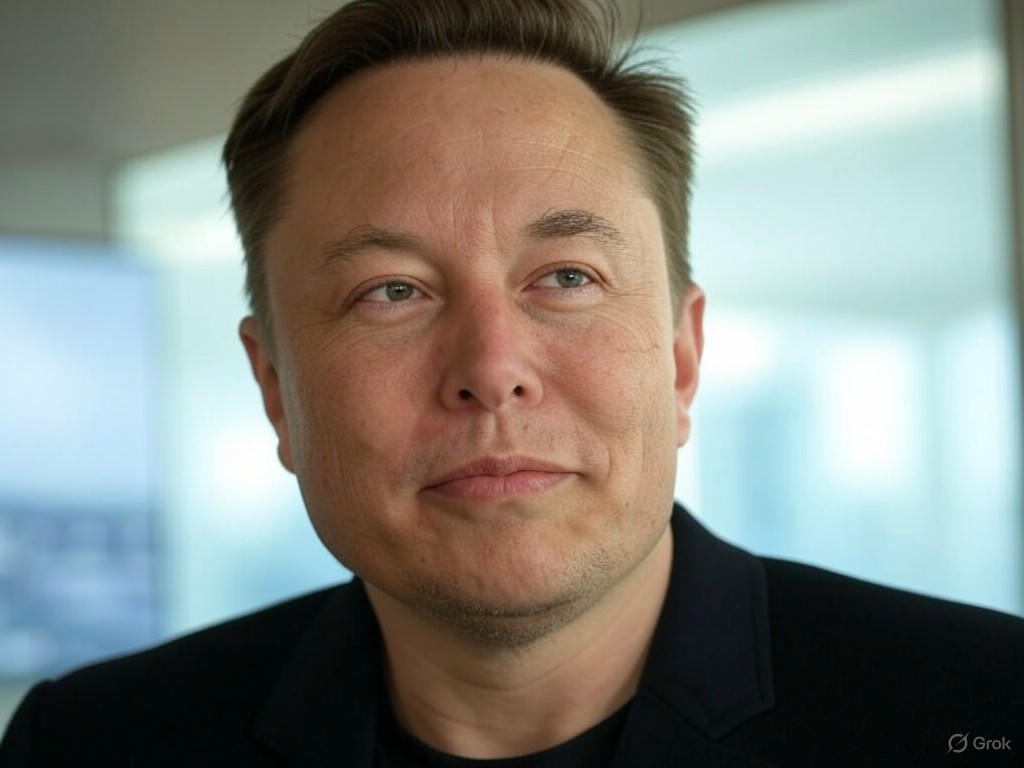Tesla’s Robotaxi Revolution: Elon Musk Targets June 22 Launch Amid Challenges
The electric vehicle landscape is on the brink of a transformative shift as Tesla, under the visionary leadership of Elon Musk, gears up to introduce its much-anticipated robotaxi service. Musk recently revealed that the company is aiming for a limited rollout of this autonomous ride-hailing initiative on June 22, a date that has sparked both excitement and curiosity among investors and tech enthusiasts alike. This announcement, made via a late-night social media post, underscores Tesla’s ambition to redefine urban mobility, though the timeline has raised questions about why the launch isn’t happening sooner.
Delving into the reasons behind the delayed debut, it becomes clear that Tesla is navigating a complex web of technological and regulatory hurdles. Developing a fully autonomous vehicle capable of operating as a robotaxi requires not just cutting-edge software but also rigorous testing to ensure safety and reliability. Tesla’s Full Self-Driving (FSD) technology, while advanced, is still under scrutiny from both regulators and the public following past incidents that highlighted the system’s limitations. Musk’s decision to set a mid-year launch date likely reflects the need for additional time to refine the technology, conduct real-world trials, and secure approvals from transportation authorities across various regions. Moreover, integrating a fleet of self-driving taxis into existing urban infrastructures poses logistical challenges, from mapping out service areas to establishing user trust in driverless vehicles.
Beyond the technical aspects, Tesla’s robotaxi venture signals a broader shift in the company’s business model. By entering the ride-hailing space, Tesla is positioning itself as a competitor to giants like Uber and Lyft, but with a unique edge—vehicles that operate without human drivers, potentially slashing operational costs over time. Analysts speculate that this move could open up a lucrative revenue stream for Tesla, especially if the service scales beyond its initial limited scope. However, the road ahead is not without bumps. Public perception of autonomous vehicles remains mixed, with safety concerns lingering in the minds of potential users. Additionally, Tesla must contend with competitors who are also racing to deploy their own self-driving fleets, intensifying the pressure to deliver a flawless product by the targeted date.
As June 22 approaches, the spotlight will remain firmly on Tesla and Elon Musk’s ability to turn this bold vision into reality. While the wait may test the patience of eager stakeholders, it also reflects a cautious approach to a project that could redefine how we think about transportation. If successful, Tesla’s robotaxi service might not just be a milestone for the company but a catalyst for a future where autonomous travel becomes the norm. For now, the industry watches with bated breath, hopeful that this ambitious deadline marks the beginning of a new era in mobility, driven by innovation and a relentless pursuit of progress.


